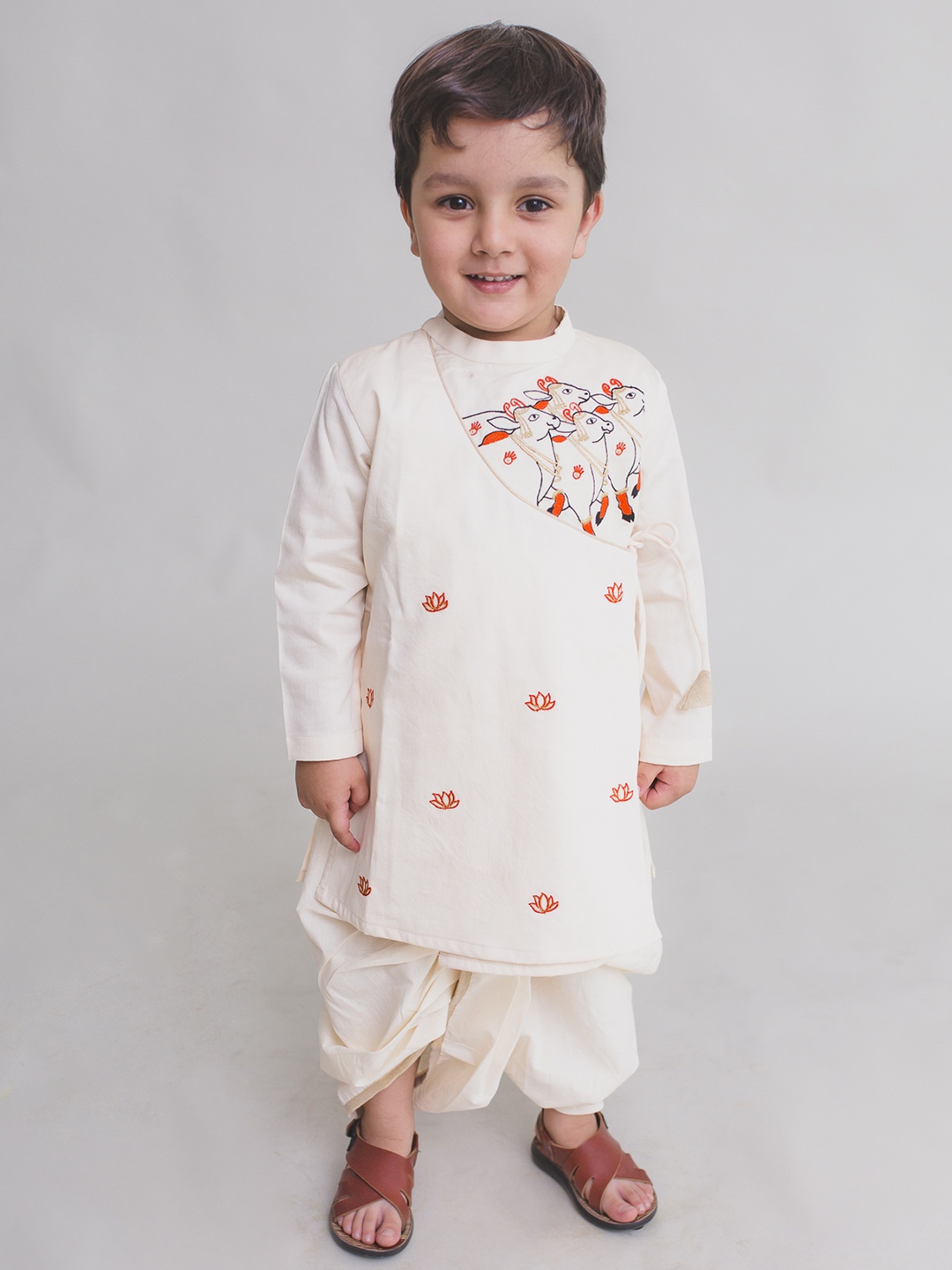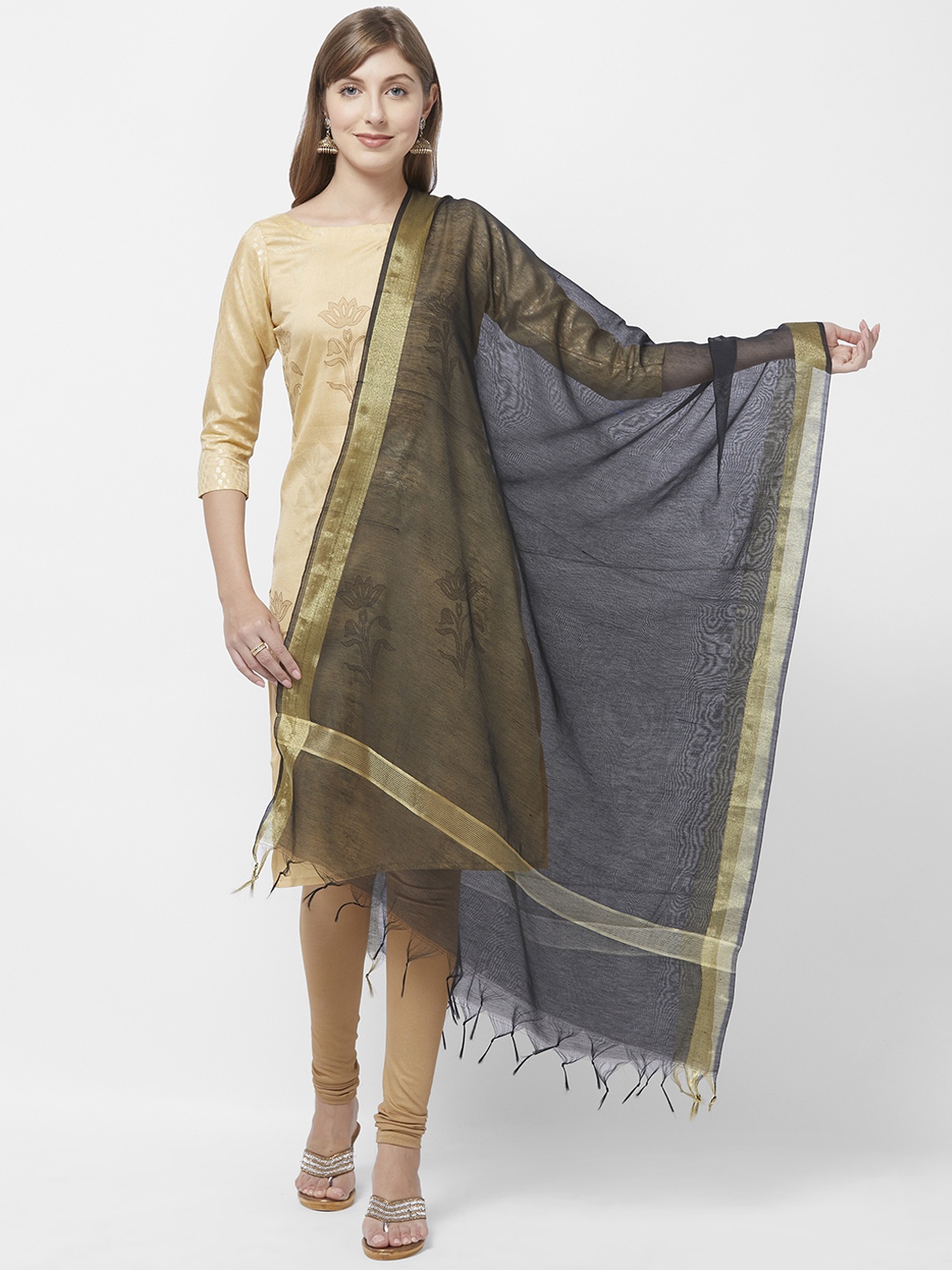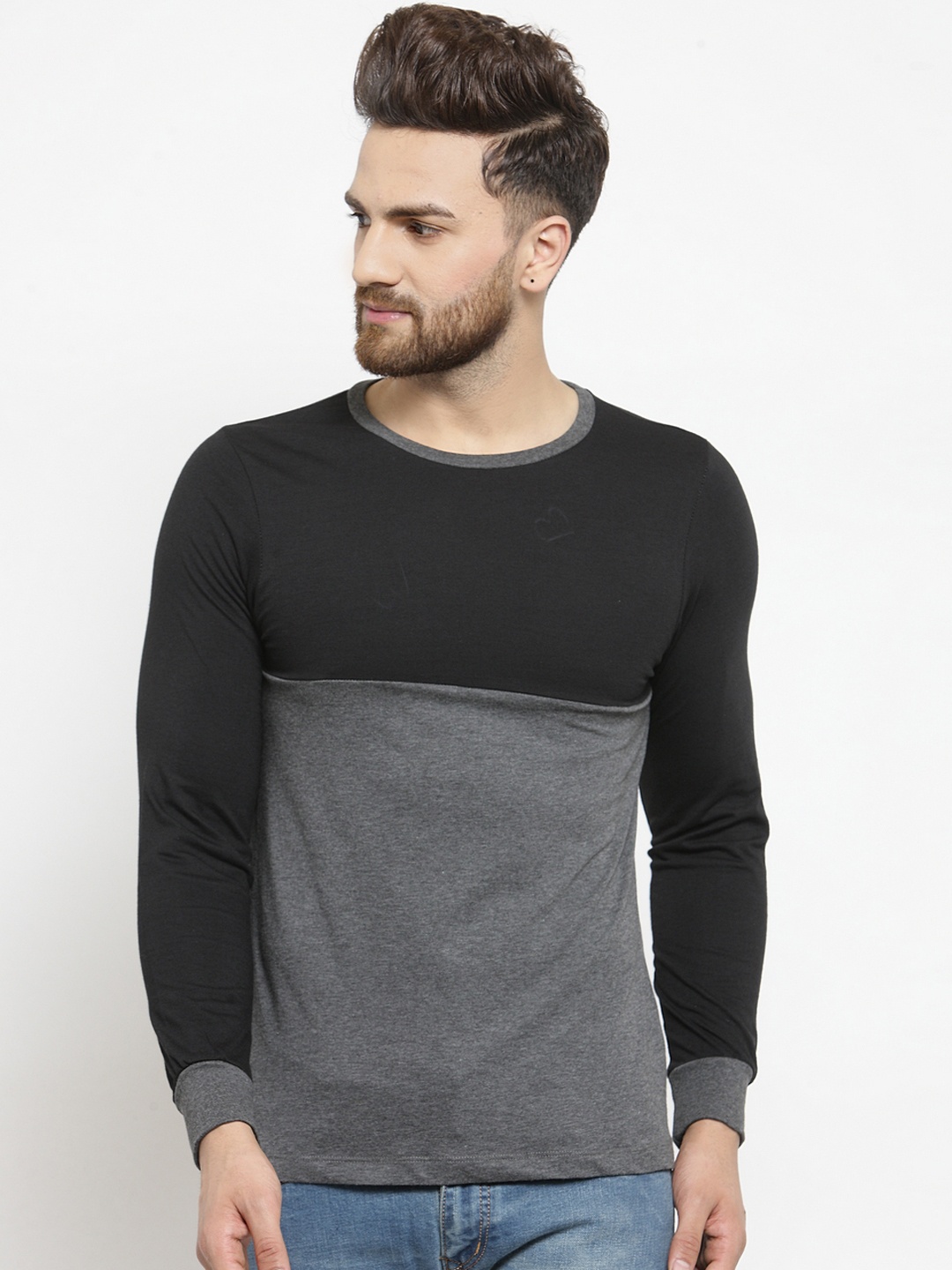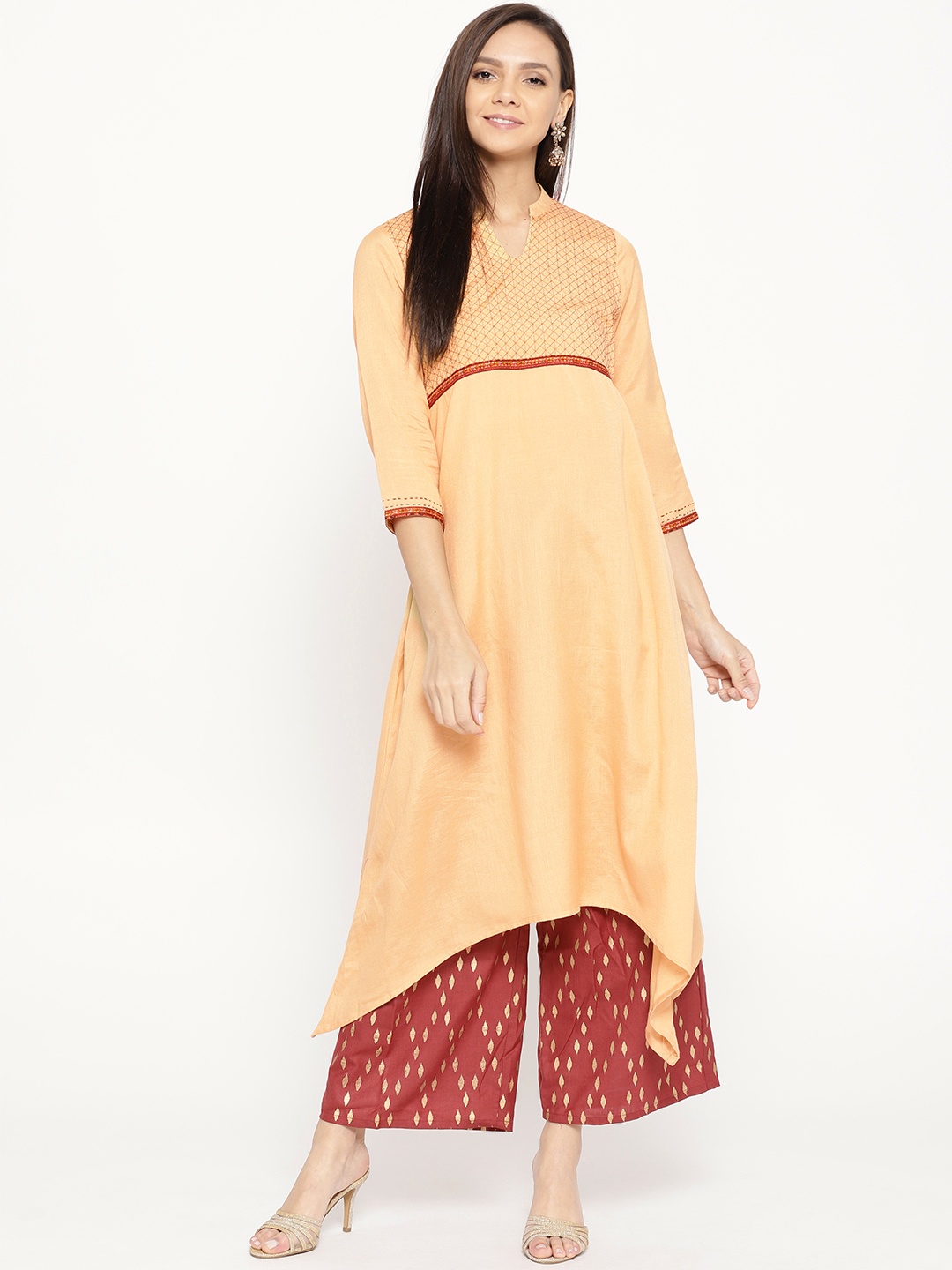How To Break In New Heels Without Blisters: Expert Tips For Pain-Free Shoes
A pair of beautiful heels can lift more than just height; it can lift confidence, too. But nothing kills that joy faster than painful blisters and sore feet. This is how to make your heels as comfortable as they are stylish, without the pain.

Breaking In Heels Made Easy: Simple Hacks for Stylish, Pain-Free Steps
There's something undeniably empowering about slipping into a new pair of heels. Whether it's for a wedding, an office event, or just that long-awaited girls' night out, heels have a magical way of making any outfit feel complete. Yet, the same pair that makes someone feel fabulous can also become a source of torture after an hour or two. The back of the heel starts burning, toes feel squished, and suddenly, every step feels like a punishment.
With the right techniques, anyone can avoid those painful blisters and walk confidently without feeling like they've survived a marathon. Here are 10 tried-and-true tips to break in new heels gracefully, without the pain, drama, or bandages.
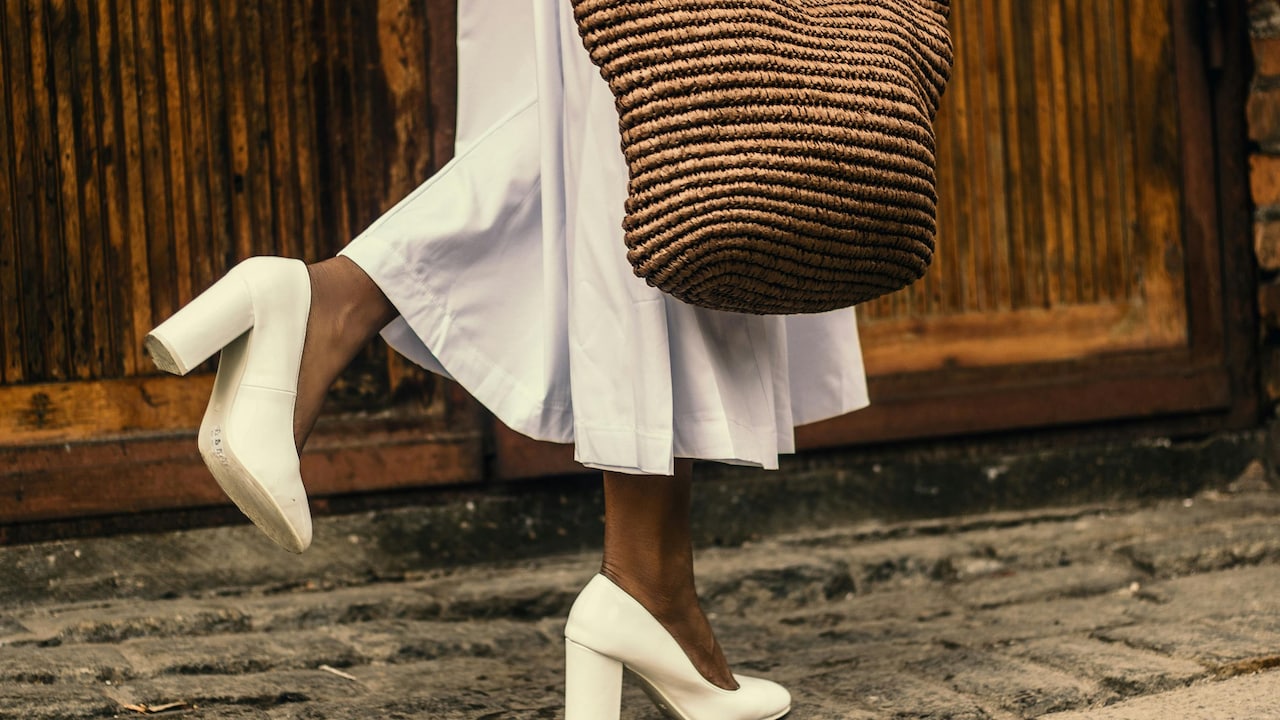
Breaking In Heels Made Easy: Simple Hacks for Stylish, Pain-Free Steps
Photo Credit: Pexels
No More Blisters: Your Ultimate Guide To Pain-Free Heels
1. Start Indoors: The 'Living Room Rehearsal' Trick
Before showing off new heels to the world, let them meet the living room floor first. Walking indoors is a gentle way to let shoes mould to the feet without the rough pavements or long commutes. Try wearing them around the house while doing everyday chores, folding clothes, making tea, or scrolling through your phone.
This casual wearing helps soften the material gradually, allowing it to take the shape of the foot. If a certain spot feels tight, it's much easier to identify and fix at home than at a party. Keep the sessions short at first, 15 to 20 minutes daily for a week can make a huge difference. Think of it as a warm-up session before the main event.
Pair this with cotton socks to stretch the inner lining slightly and add a cushion between the skin and shoe. It's a simple trick that prevents blisters before they even think of appearing.
2. Use a Blow Dryer for a Quick Softening Boost
It might sound unusual, but a blow dryer can be a secret weapon in breaking in heels. Set it on medium heat and gently warm up the tight spots for about 20 to 30 seconds. Once the material softens, slip the heels on (preferably with thick socks) and walk around for a few minutes.
This works particularly well for synthetic or leather heels that tend to feel rigid initially. The warmth loosens up the material, making it adapt to the shape of the foot faster. But don't overdo it, too much heat can damage delicate finishes or glue.
It's a mini spa treatment for shoes, turning stiff leather into a more flexible, forgiving fit. The best part? It saves the pain of waiting weeks for heels to soften naturally.
3. Cushion the Pressure Points
The real villains behind blisters are friction and pressure. Heel grips, gel pads, and cushioned insoles are not just accessories; they're lifesavers. Focus on the back of the heel, the ball of the foot, and the sides of the toes, as these are the areas most likely to rub and blister.
Invest in good-quality silicone or gel pads (easily available online or at local shoe stores for ₹150–₹300). These small additions can transform even the most uncomfortable pair into a wearable delight. They not only prevent chafing but also add balance and stability, especially for those wearing heels for long hours.
A small hack: keep an emergency set of adhesive bandages in the handbag. A quick fix during a long event can save the evening, and the skin, from disaster.
Also Read: Best Heels for Women Under ₹700: Comfortable, Supportive And Stylish Picks for All-Day Wear
4. Stretch Them Gently with Household Hacks
When heels feel too snug, forcing them on is never the answer. Instead, stretch them smartly. One old-school trick that still works wonders is the frozen water method. Fill small zip-lock bags with water, place them inside the shoes, and pop the heels into the freezer overnight. As the water turns to ice, it gently expands, stretching the material from within.
Alternatively, shoe stretch sprays (around ₹400) can also help soften stiff areas. Spray lightly inside the shoe, wear thick socks, and walk around for a few minutes to get a custom fit. These simple, at-home techniques are effective, safe, and cost-friendly.
It's like tailoring, but for your feet, adjusting the shoe, not your comfort.
5. Prioritise Heel Height and Design
Not all heels are created equal. The design and height can make or break comfort. For daily wear or events that involve a lot of standing, block heels or kitten heels offer better balance and less strain compared to pencil or stilettos.
When buying new shoes, walk around the store for at least five minutes. If your toes feel squished or your arch unsupported, that's your sign to try another pair. A slightly lower heel (under 3 inches) often provides elegance without pain.
Also, watch out for the slope of the arch; steeper arches shift more weight onto the toes, which can cause soreness. Comfort doesn't mean boring; it just means smarter choices. A well-designed heel should feel like a confident stride, not a balancing act.
6. Moisturise Your Feet (and Sometimes the Shoes!)
Dry skin increases friction, which means more chances of blisters. Keeping feet moisturised not only helps with comfort but also makes the skin supple enough to handle a bit of rubbing. Apply a light moisturiser or petroleum jelly before slipping on heels, focusing on the back of the ankle and sides of the toes.
For leather shoes, a touch of leather conditioner can soften the material, too. It's like giving both feet and footwear a pre-game pep talk. Avoid overdoing it though; too much moisture can make feet slippery, leading to instability.
Think of it as preparing your skin like a dancer's feet before a performance, hydrated, flexible, and ready for the stage.
7. Don't Skip Socks During the Breaking-In Phase
Wearing socks with heels might sound odd, but it's one of the best tricks to speed up the softening process. Choose thin, breathable socks that don't make the shoes too tight. Walking around the house like this for a few days helps the shoe stretch naturally while protecting skin from direct friction.
This method works especially well for closed-toe pumps or court shoes. For strappy heels, toe caps or foot sleeves can offer similar protection. It's all about getting the material used to the foot shape before that big outing.
The small sacrifice of wearing socks with heels indoors pays off in the long run, no blisters, no limping, just pure confidence.
8. Alternate Heels with Flats
Wearing heels every day can stress the feet, ankles, and calves. The muscles need time to recover, just like after a workout. Rotate footwear, alternate between heels, flats, and comfortable sneakers. This reduces the pressure on certain parts of the foot and keeps your posture balanced.
It also gives the heels a break, extending their lifespan. Think of it as self-care for both your feet and your shoes. Keep a pair of foldable flats or sandals in your bag, especially if you expect a long commute.
No one ever regretted changing into flats at the end of a long day; it's pure relief. Comfort is not a compromise; it's wisdom.
9. Test Them Before the Big Day
Never wear brand-new heels straight to an important event. Always test them in real-life conditions first, walk around your home complex, visit the local market, or wear them for a short outing. This helps identify any potential discomforts like pinching straps or slippery soles.
If the shoes are particularly stiff, repeat the short wear sessions for a few days. Gradual exposure allows both feet and heels to find their rhythm together. By the time the main event arrives, you'll walk with grace, not grimace.
Just like rehearsing before a performance, these little practice rounds build confidence and prevent last-minute disasters.
10. Listen to Your Feet, They Know Best
Feet often send signals before a blister forms: a mild sting, slight redness, or a burning spot. Don't ignore those signs. The moment discomfort begins, remove the shoes and check the area. Applying a blister prevention balm or a quick plaster can stop things from worsening.
Also, after a long day in heels, pamper your feet. Soak them in warm water with Epsom salt, give them a gentle massage, or use a cooling gel. It's not just relief, it's recovery.
Shoes can wait; your feet deserve priority. After all, they're the real heroes carrying the weight of every stylish step.
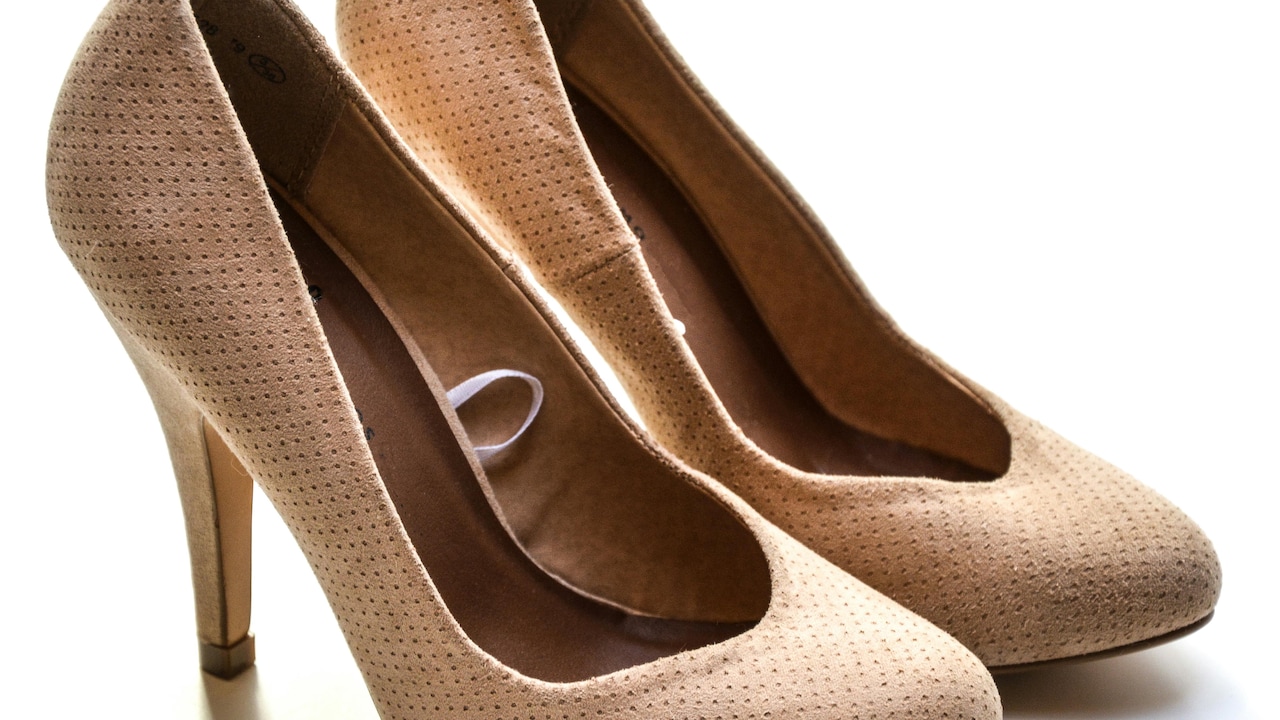
Breaking In Heels Made Easy: Simple Hacks for Stylish, Pain-Free Steps
Photo Credit: Pexels
Products Related To This Article
1. JM Looks Women Suede Like Leopard Print Mule Heels with Stylish Front Bow Accent
2. Mochi Embellished Block Sandals with Bows
3. Shoetopia Women Kitten Sandals with Bows
4. House of Pataudi Embellished Handcrafted Slim Heels
5. Monrow PU Flatform Round Toe Heels
Breaking in heels doesn't have to mean broken skin or aching soles. With a little patience, preparation, and smart hacks, anyone can make new heels feel like second skin. It's about balance, style that doesn't come at the cost of comfort.
So the next time a shiny pair in the store window calls your name, go ahead and indulge. Just remember to treat your feet kindly on the journey from 'new and stiff' to 'worn and wonderful'. Because confidence isn't just about how the heels look, it's about how effortlessly one walks in them. Walk tall, walk happy, and let every step be as comfortable as it is chic.
Disclaimer: The images used in this article are for illustration purpose only. They may not be an exact representation of the products, categories and brands listed in this article.













